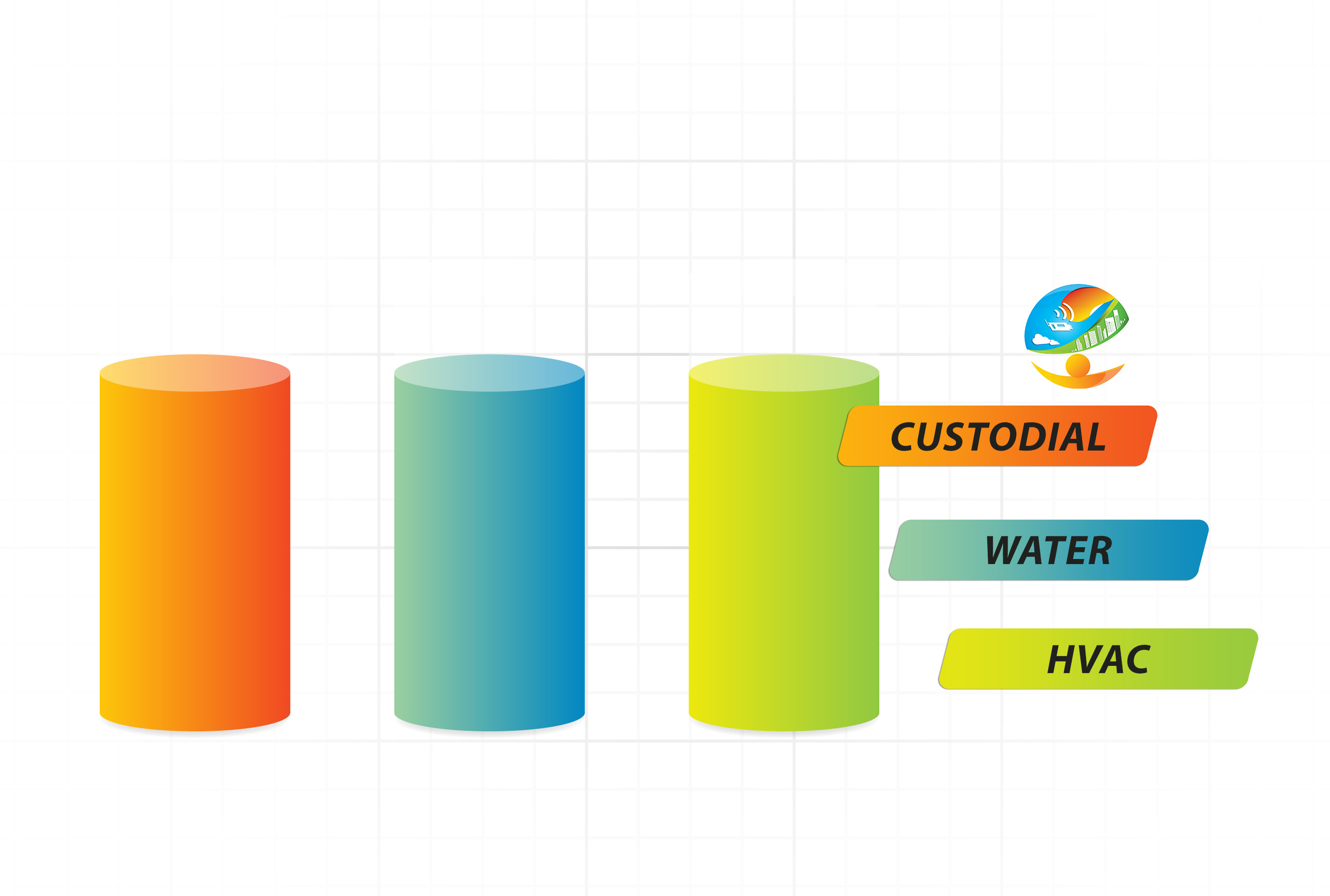Today’s building automation systems are silos, using their own sensors and controls. Why should an occupancy sensor in a room help control only the lights? One of the major advantages of having intelligent sensors is their ability to talk to each other. Are we using this capability intelligently to optimize all the systems in the building? Today, the clear answer is no.
Today’s buildings have quite a few systems in place for specific purposes. HVAC systems control heating and cooling various zones in the building using thermal sensors, lighting control systems turn the lights on and off based on occupancy sensors, smart meters inform you of day by day or minute by minute energy usage and timers turn on watering systems. We have seen sensors that can be connected to water meters and watch for spikes, send an alert about a possible leak in the house or facility.
What if these systems can also talk to each other, and help optimize the building as a whole? Can we break the silos in building automation systems by adding intelligent sensors that can talk to each other? What could possibly be the impact of such collaboration? Some questions that could be answered are:
Why is suddenly hot water usage in the dorm going up- could it be because the room temperature is down around the time when most occupants take a shower? Why is the heat on when the occupancy driven lights are off in the room- should it be also turned off? How can we use totally uncharacteristic use of water, lights or heat to detect security breaches?
Zan compute, with our internet connected sensors and machine learning back-end system, can easily adopt our solutions across the silos in Building IOT. When our solutions for custodial services, HVAC, water usages and other facility management tasks are all implemented in a building, we can use the intelligence and the fusion of the data to solve the problems stated above and much more.

